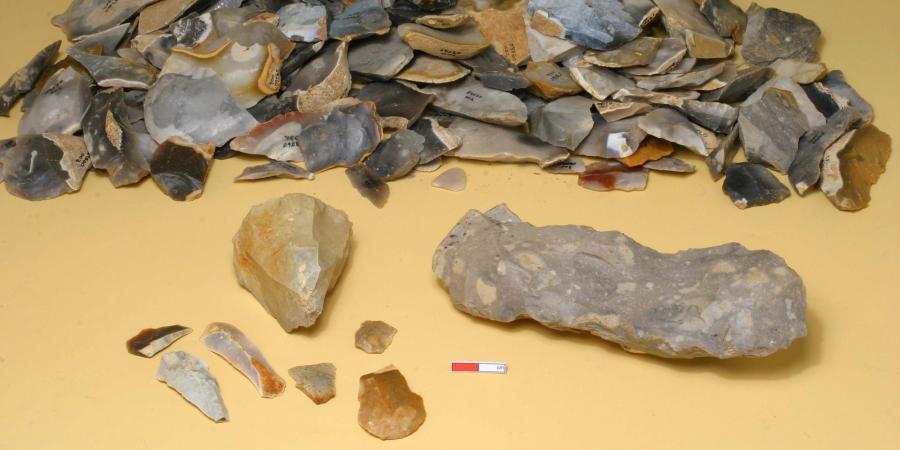51.29531, 0.41471
The construction of the West Malling and Leybourne Bypass, which began in May 2005, was the catalyst for some exciting archaeological discoveries.
The new road crosses the ancient manors of Malling and Leybourne, place-names that first appeared in a mid-10th century charter. As well as Leybourne Castle, traces of medieval fishponds, mills and water systems still survive. It was likely that there would be medieval remains to investigate but little was known about earlier periods; and prehistory seemed to be missing.
Initial research and investigations along the proposed route by Canterbury Archaeological Trust and Archaeology South East began to reveal the first evidence for the prehistoric, Romano-British and Anglo-Saxon periods. Drawing on the results of their work, seven excavations were undertaken by Wessex Archaeology in 2005. These began to reveal the hidden history, and especially the prehistory, of the area.
The earliest finds were flint tools dating to the Mesolithic (8500-4000 BC), Neolithic (4000-2400 BC) and Bronze Age (2400-700 BC). They included an arrowhead and a fragment of a tranchet adze. These finds and Neolithic and Bronze Age pottery were scattered across most of the excavation areas showing that the landscape had been expolited for thousands of years.
Perhaps the most exciting find was a Late Bronze Age spearhead, which was found by one of the local metal detectorists who worked closely with the excavation team.
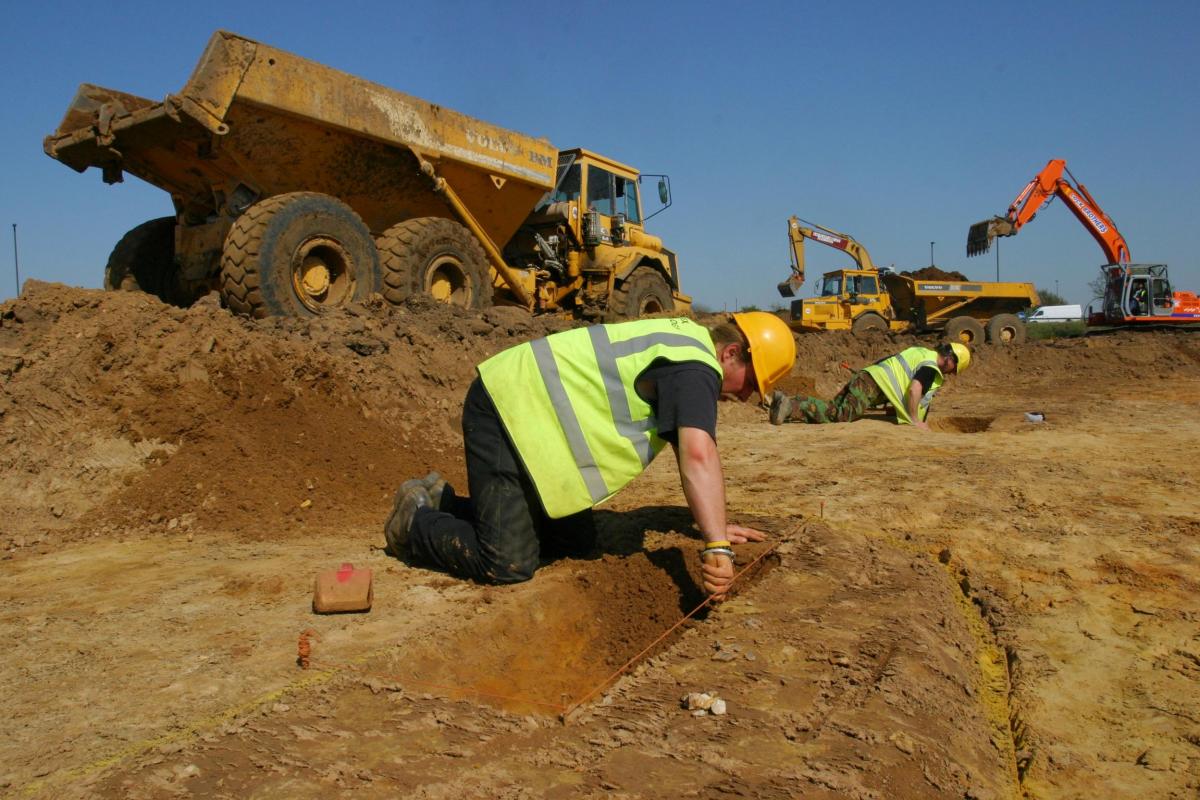
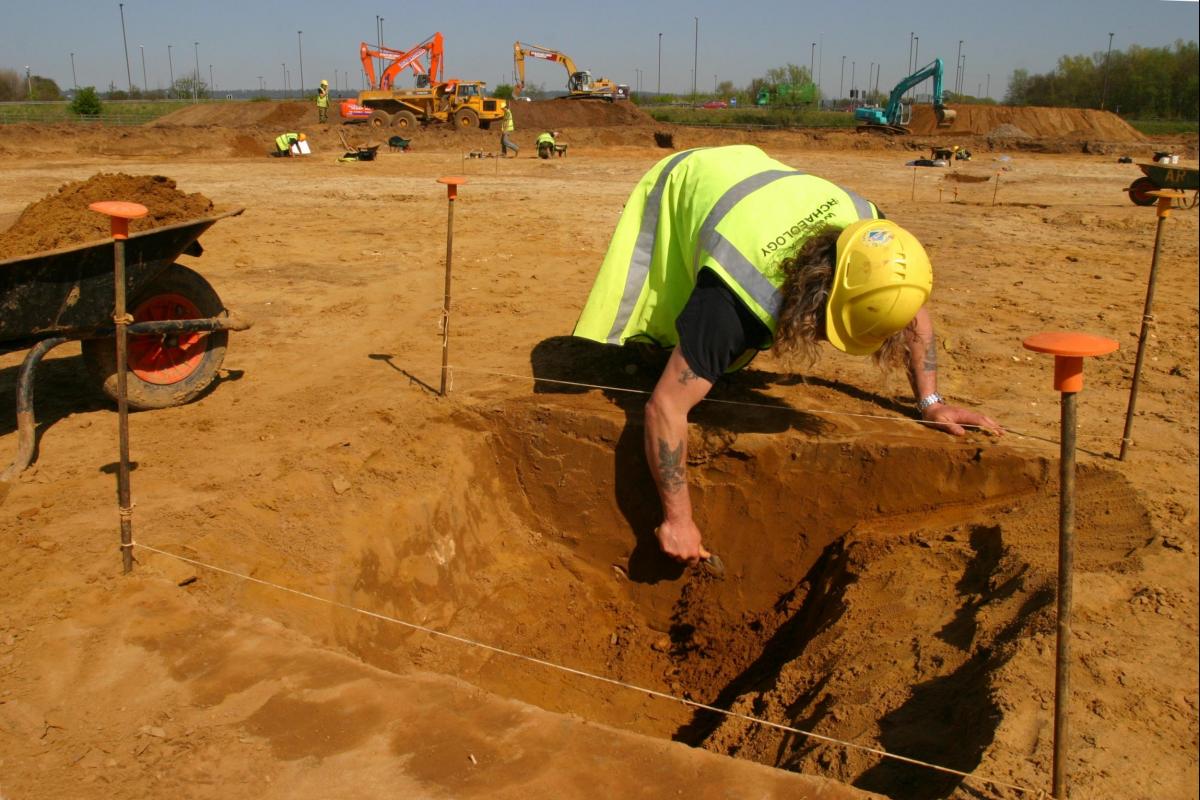
But the most significant discoveries belonged to the Late Iron Age. They show us a picture of the area as farmland with two farmsteads on the higher ground by the West Malling stream. The boundaries of fields and possible stock enclosures were found, each approximately 50m square, which had been remodeled time and again while in use.
The majority of the animal bones which were excavated came from sheep and goats; culling patterns showed that they were used for meat as well as predominantly for wool. Cattle, pigs and horses were also exploited to a lesser degree. A large number of fired clay loomweights and a bone spindle whorl were found, showing that textiles were produced on the site.
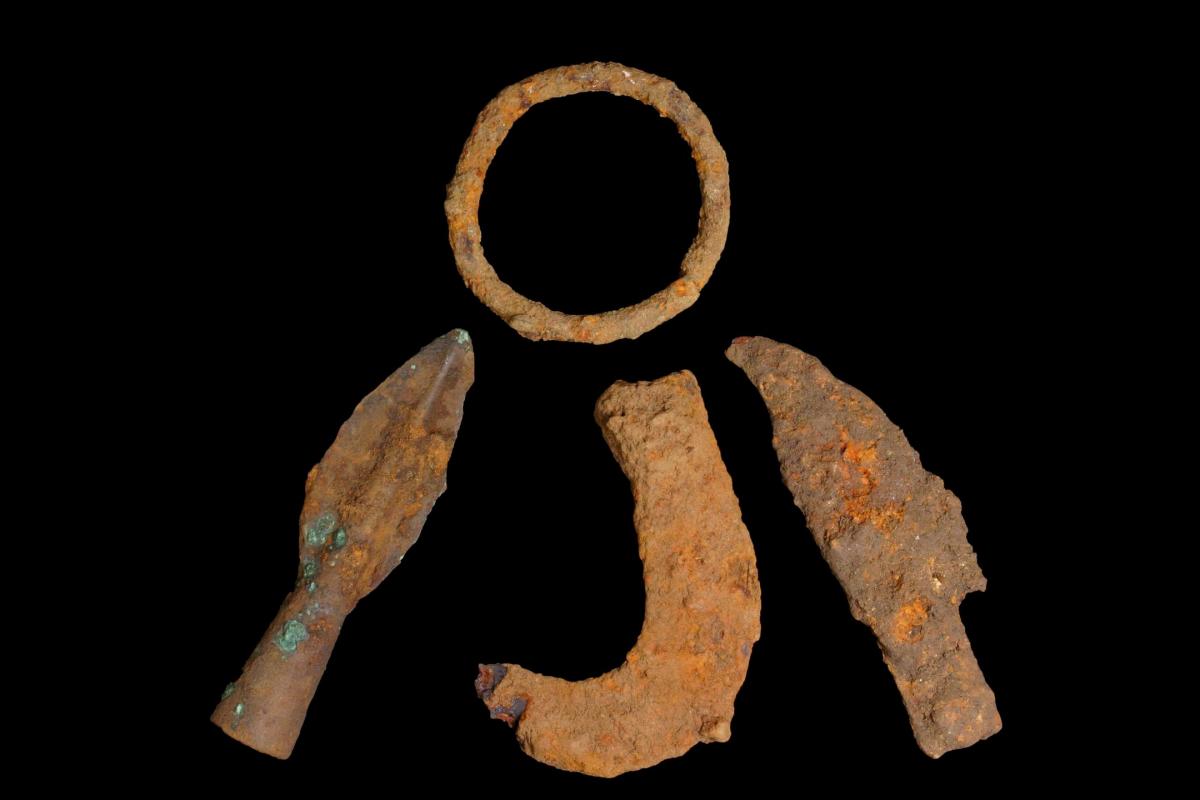
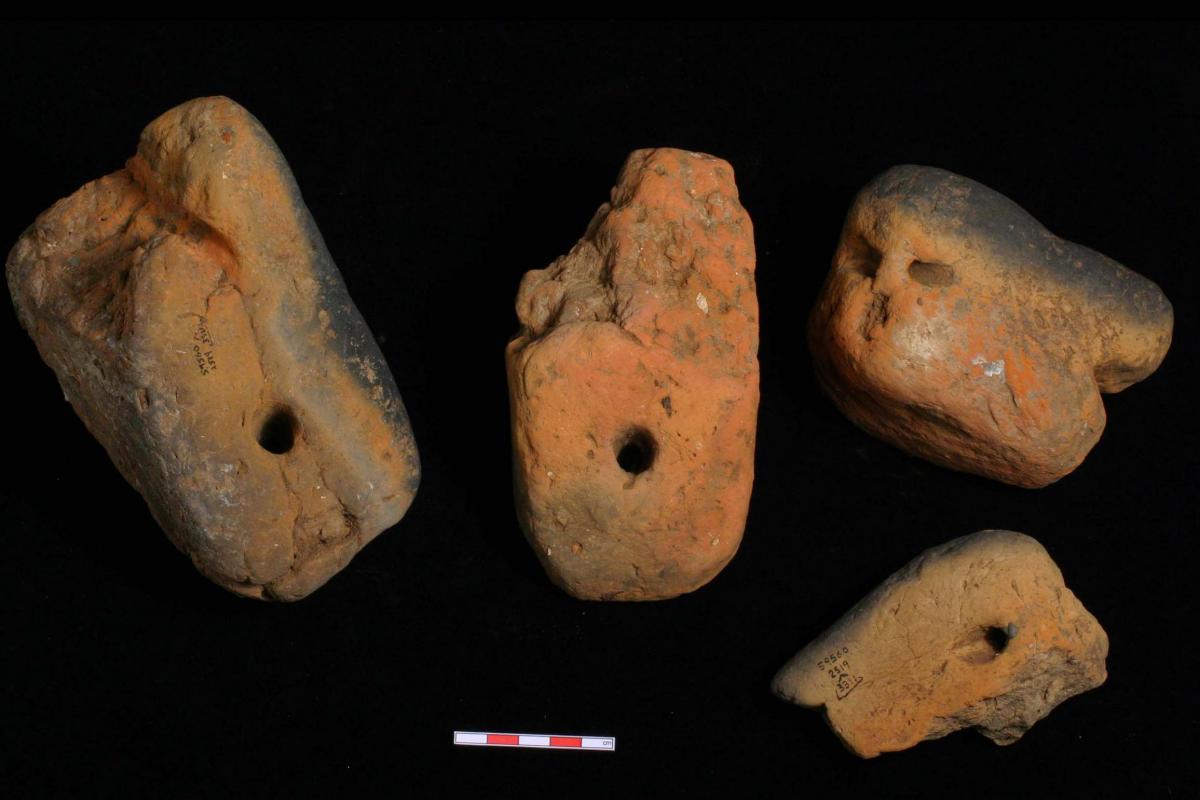
The two farmsteads appear to have been abandoned in the late 1st century BC/early 1st century AD with the Roman invasion of Britain. Little Romano-British material was found along the Bypass route and it looks as if this part of the Medway valley was little used at the time.
There was little evidence of Anglo-Saxon activity on the site, which reflects the general dearth of finds from this date in the area. More surprising is the small amount of medieval activity, given the proximity of medieval settlements at West and East Malling and Leybourne. The only feature of note was the remains of a 13th century bakery along with the charcoal from crop-processing waste and oak, beech, hazel and hawthorn wood that fired it.
To find out more purchase the book, Kentish Sites and Sites of Kent - A miscellany of four archaeological excavations.
